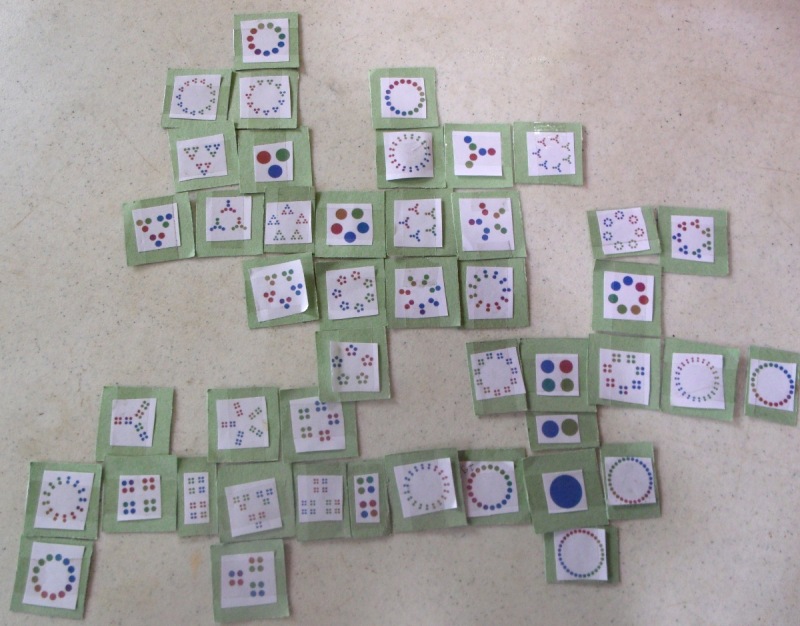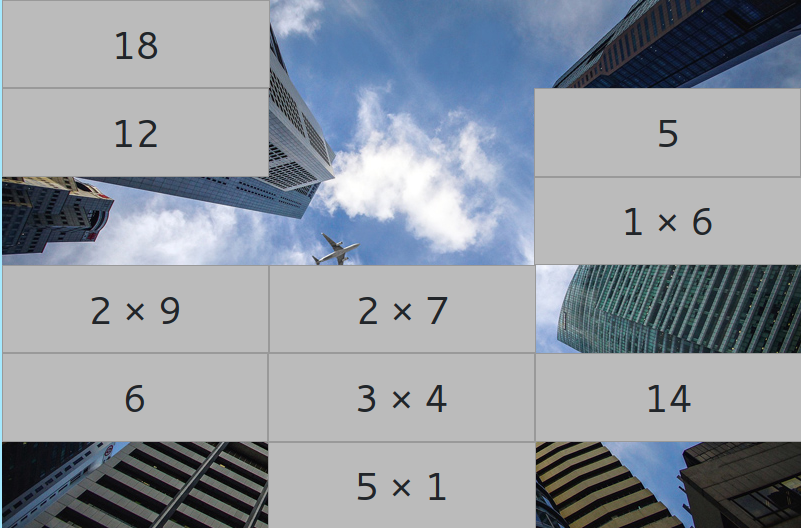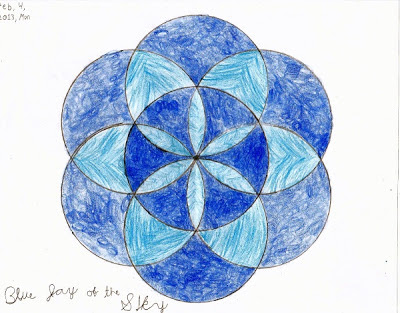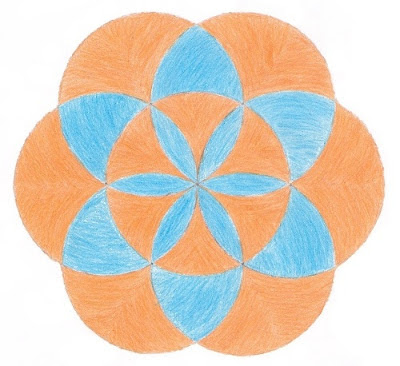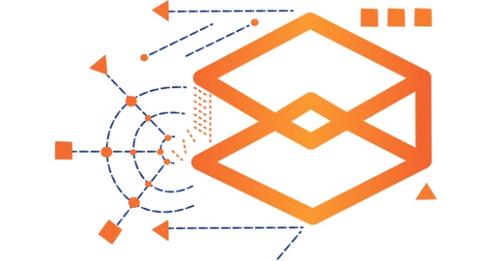 Hello again!
Hello again!
Here are this month's collection of tips. 😀 |
1. Math Mammoth news
|
2. Visualizing factorsLook at this NEAT visual representation of the counting numbers: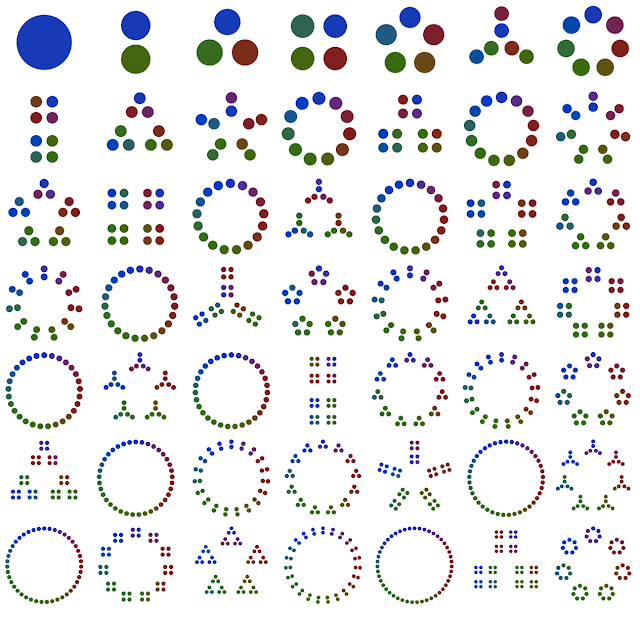 (originally from Mike Naylor)
(originally from Mike Naylor)
Check out also this animated visualization of the same... it is mesmerizing. The first task to give to your students is to figure out HOW is it made? What is it based on? The last number on this chart is 49. Can you figure out how to make the next number, 50? Malke shared a cool factor domino game with her readers. We played it, too. Here's one of our games: Basically, you may put a card next to another if they share a factor. Using these visual dominoes makes children easily learn about factors and factorization. Please visit Malke's blog to read the rules and see more details. Here are a few other things you can do with these cards:
As to finding the greatest common factor, you can do that too, but I feel it would work better with bigger numbers. |
3. A question on drilling the multiplication tablesA question from a customer, concerning MM grade 3:We are getting ready to start Chapter 3 on the multiplication tables on Monday. I wasn't sure if I am supposed to drill the facts of 2 until they are memorized, before she starts the worksheets for 2, or should she do the worksheets pertaining to 2 and then drill until she has them memorized? She is really looking forward to learning her multiplication tables. It's so nice! 🙂 Thanks! Chapter 3 in grade 3 is a comprehensive study of the multiplication tables, and when you're working on those, the BASIC idea is to stay on a particular times table until it is mastered. That can take a varying amount of days based on the child, how often you practice, what else is going on, etc. It is best to practice each table at least two times a day (because our brains will memorize things much quicker if things are reinforced often), but that doesn't have to take a long time at a time. HOWEVER, you can also study some OTHER math concept(s), such as geometry, addition, or measuring at the same time, as long as these other topics don't rely heavily on multiplication tables (e.g. division or fraction arithmetic). So, you could in effect be studying in two chapters at the same time. Also, incorporate some games to keep the learned facts "in her brain." The old idiom "use it or lose it" comes into play here. As she masters more facts, she will probably enjoy playing multiplication games, whether online, on the computer, or other types of games such as card games and board games. See also:
|
4. Geometric art project: flower design with with seven circlesHere's how to make a flower design with seven circles using a compass, and then coloring it using 2, 3, or 4 colors (or however many of your own). I think it ties in neatly with mathematics, and lets students practice drawing circles with a compass.My girls did this art & math project, well, 9 years ago, and loved it! See the pictures they made, and full instructions on how to draw this yourself: Geometric art project: flower design with with seven circles |
5. Data Science from YoucubedAre you teaching high school math?Check out the free Data Science course from YouCubed. QUOTE |
6. Just for fun!
Thanks for reading! 🙂 Feel free to forward this issue to a friend/colleague! Subscribe here. Till next time, Maria Miller |
| Privacy & your personal data | Contact | Math Mammoth freebies | Placement tests |
| Complete curriculum | The SEA symbol in the Bible, plus the dragon | Visit us on Facebook | Newsletter Archives |
